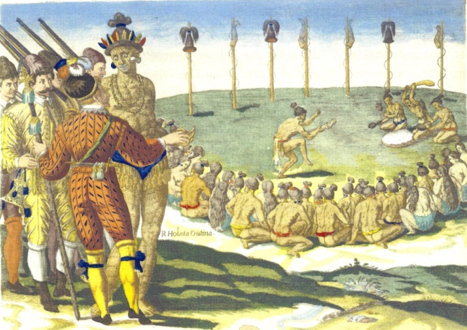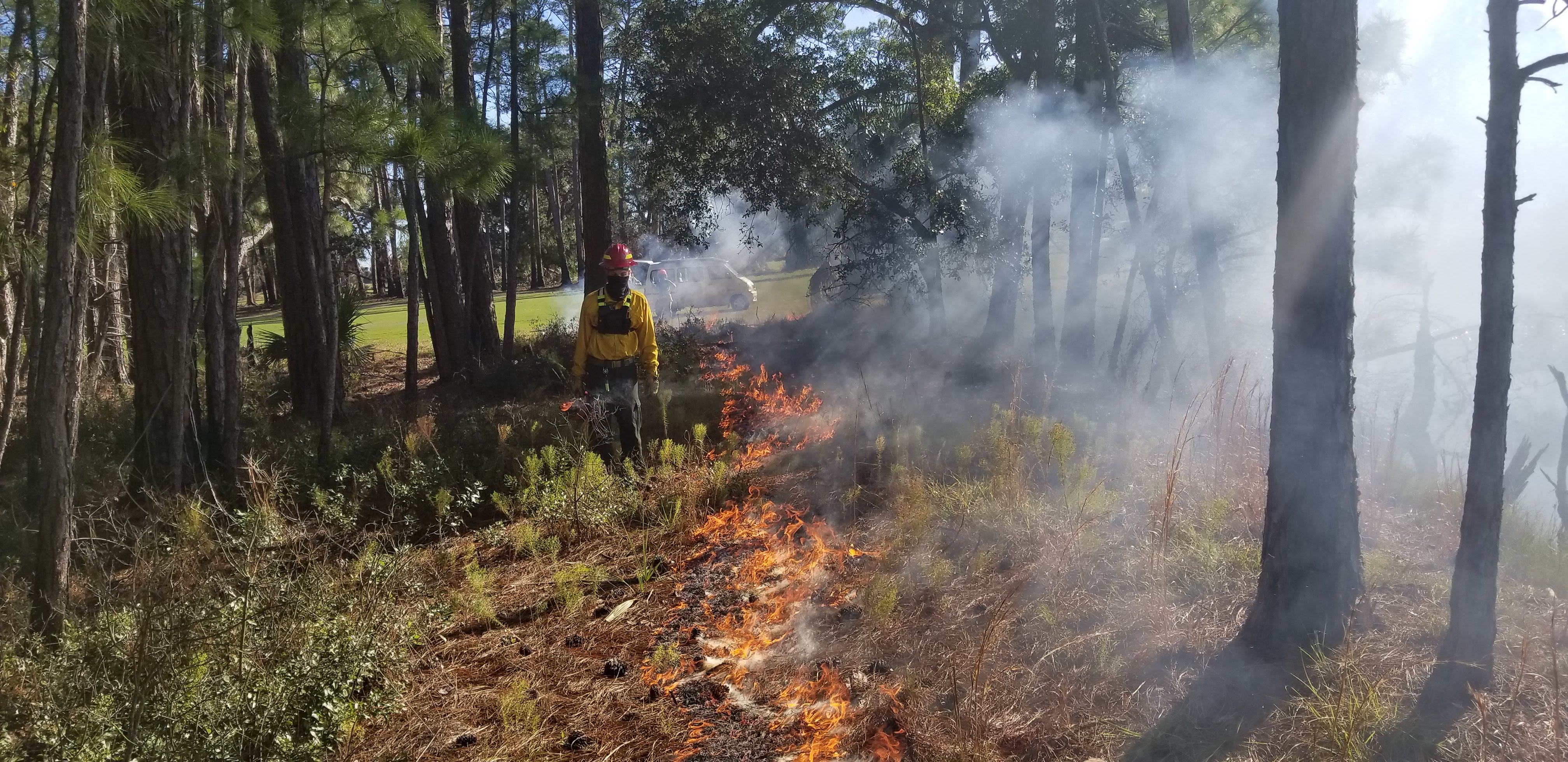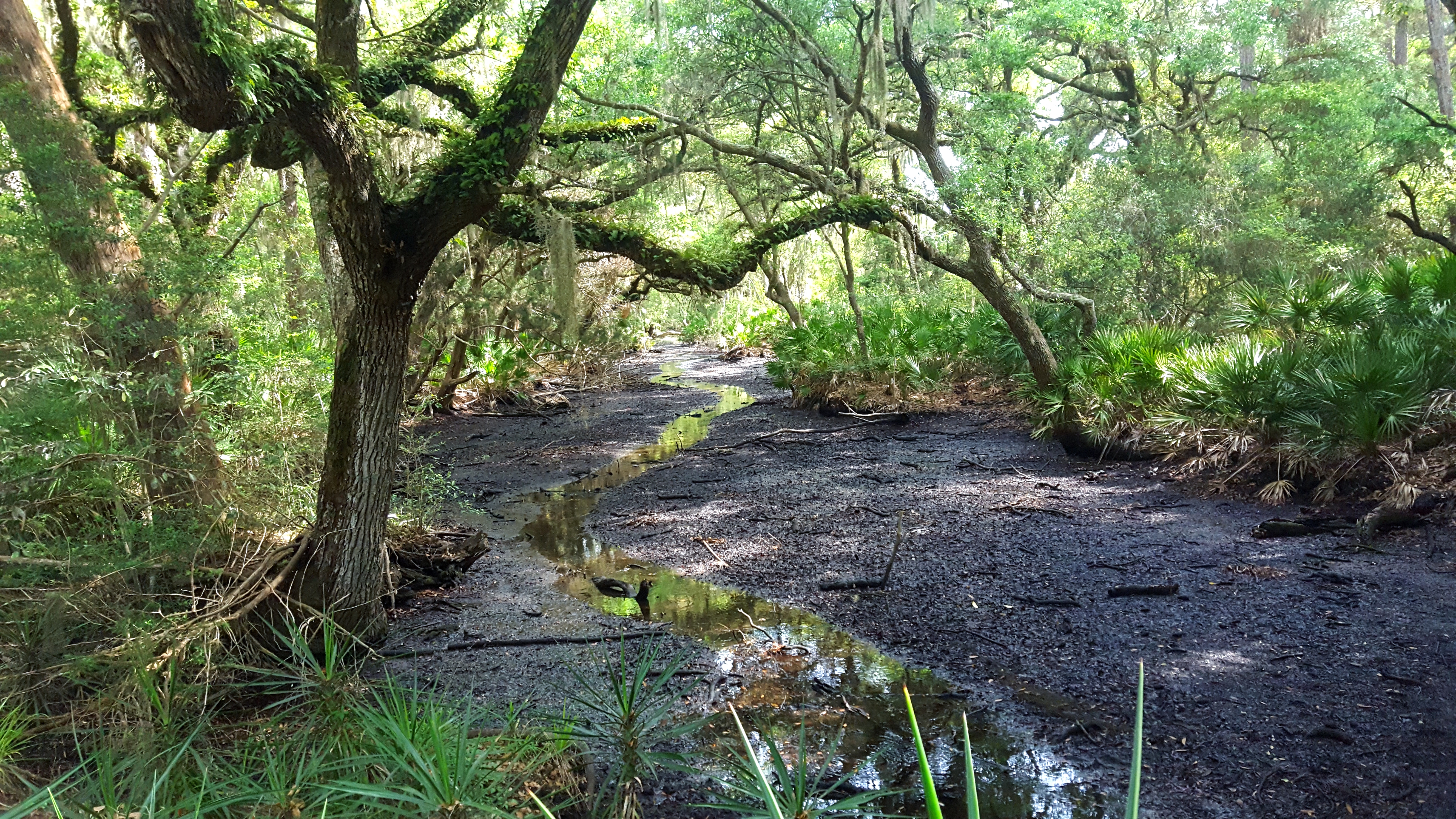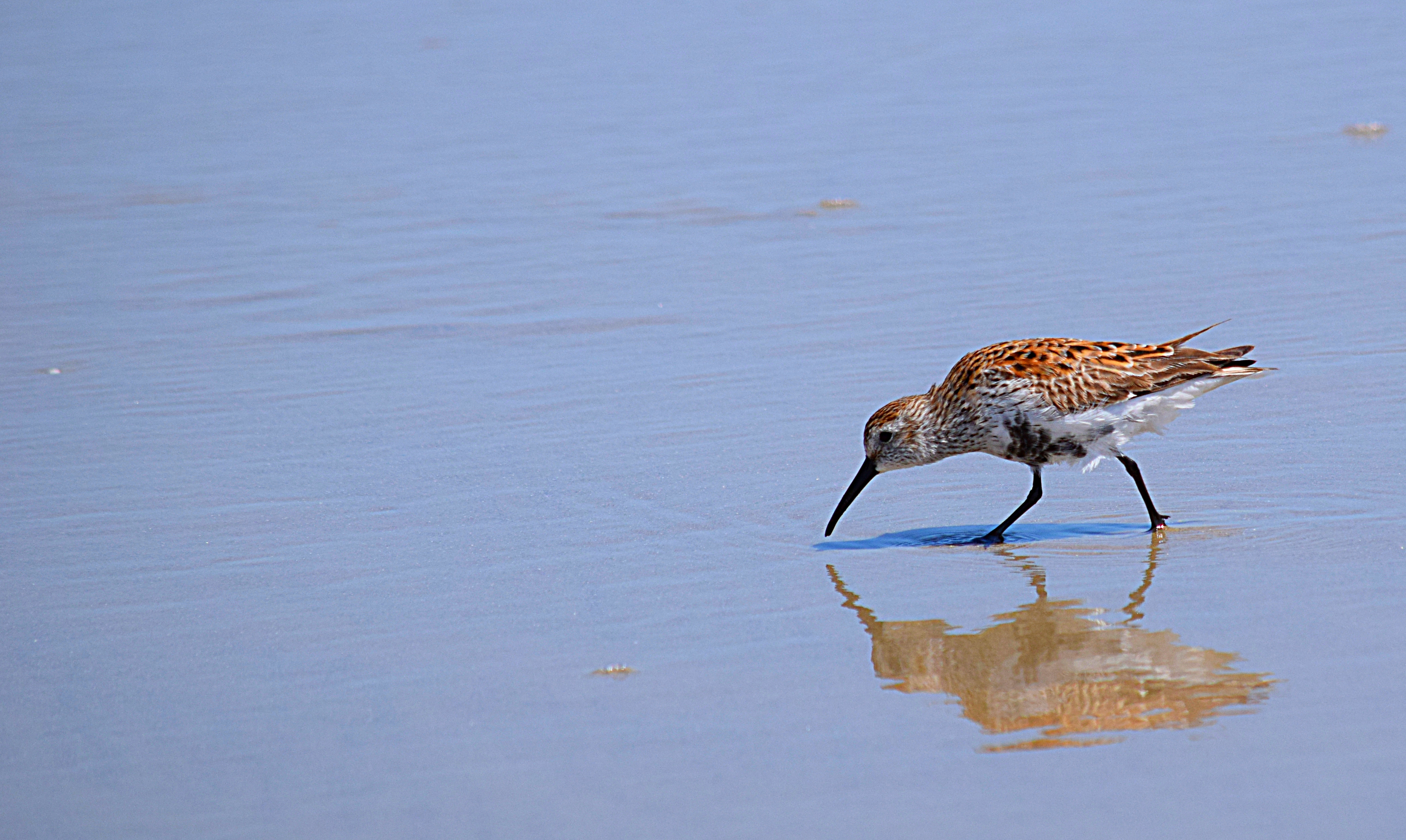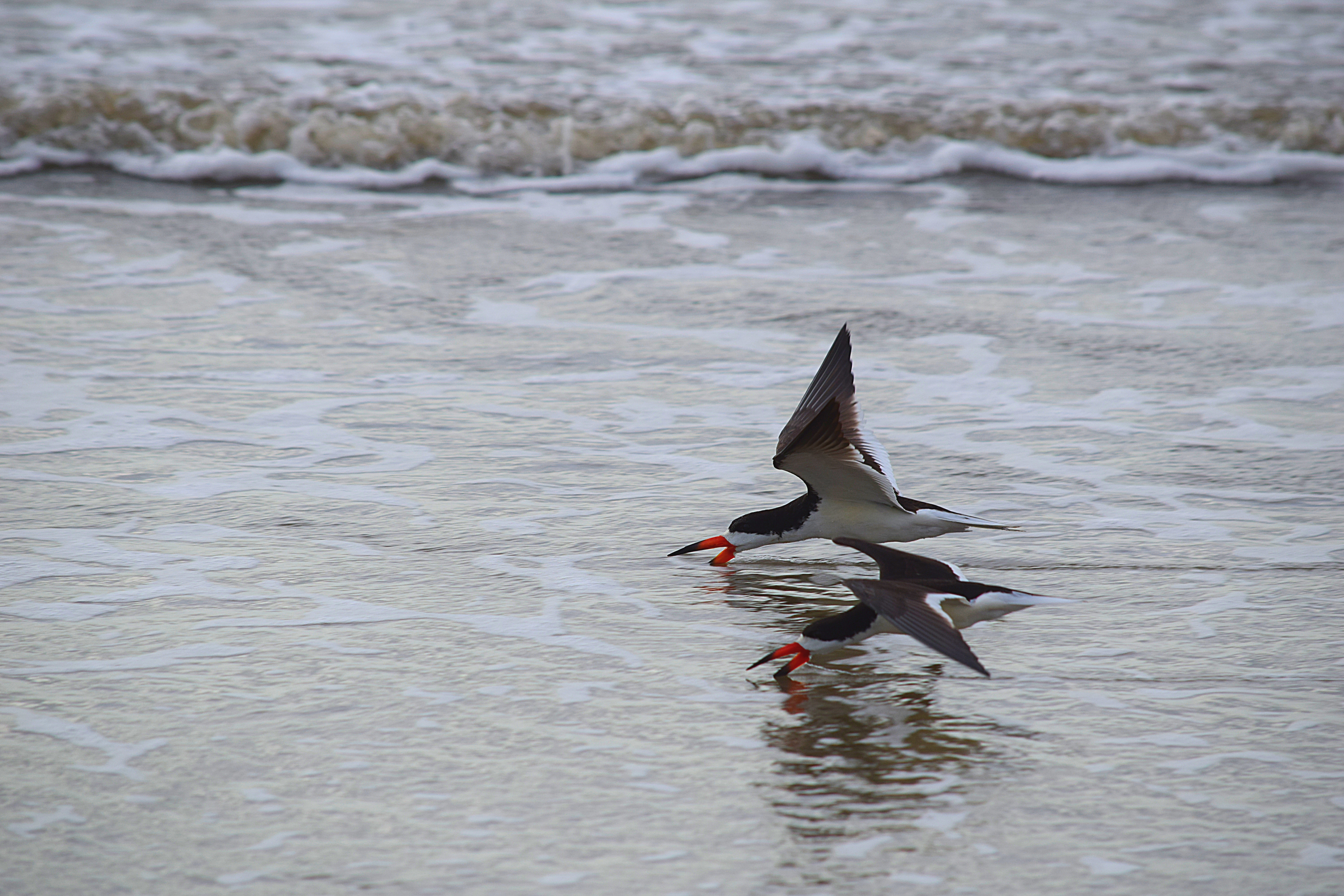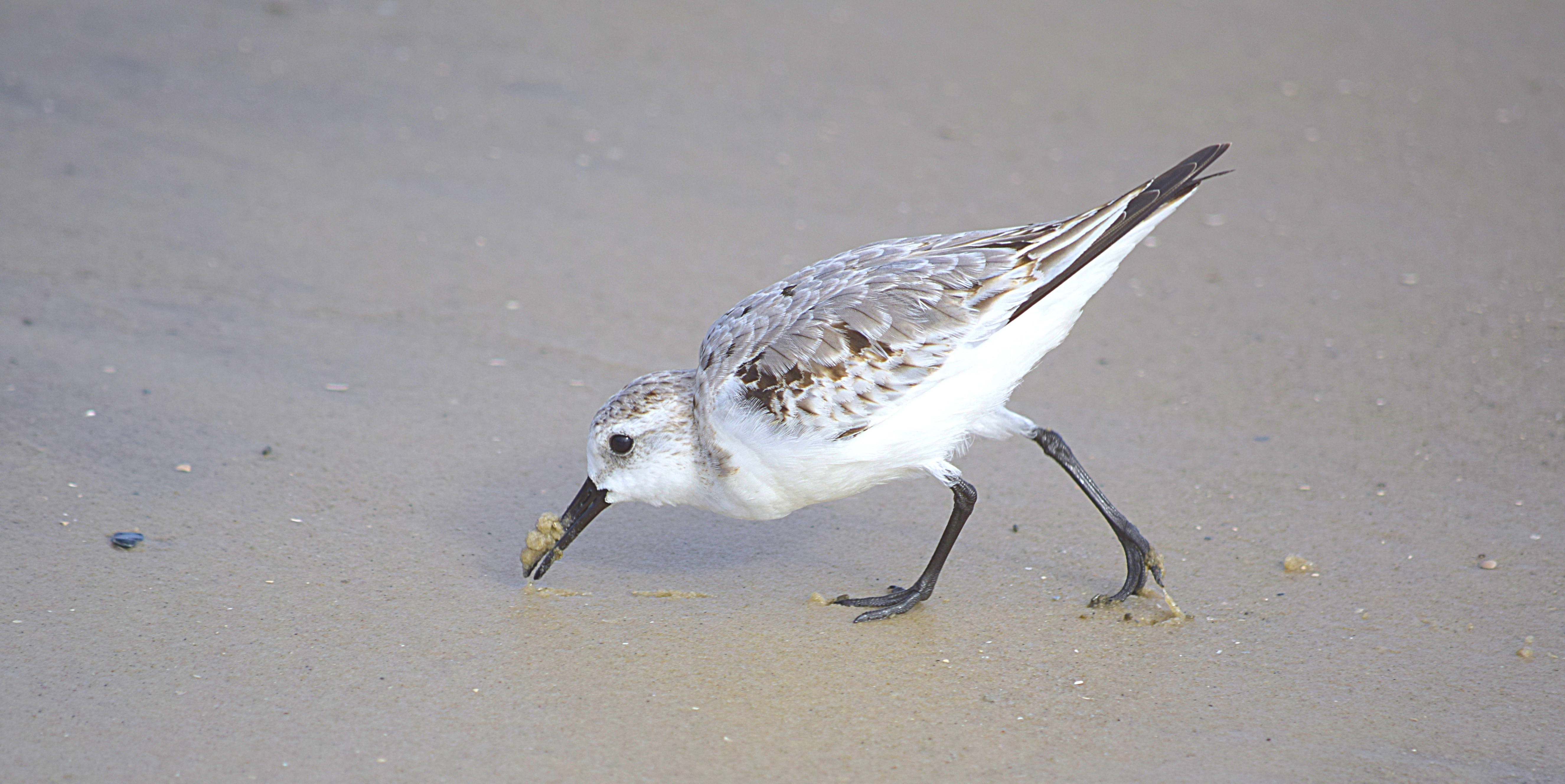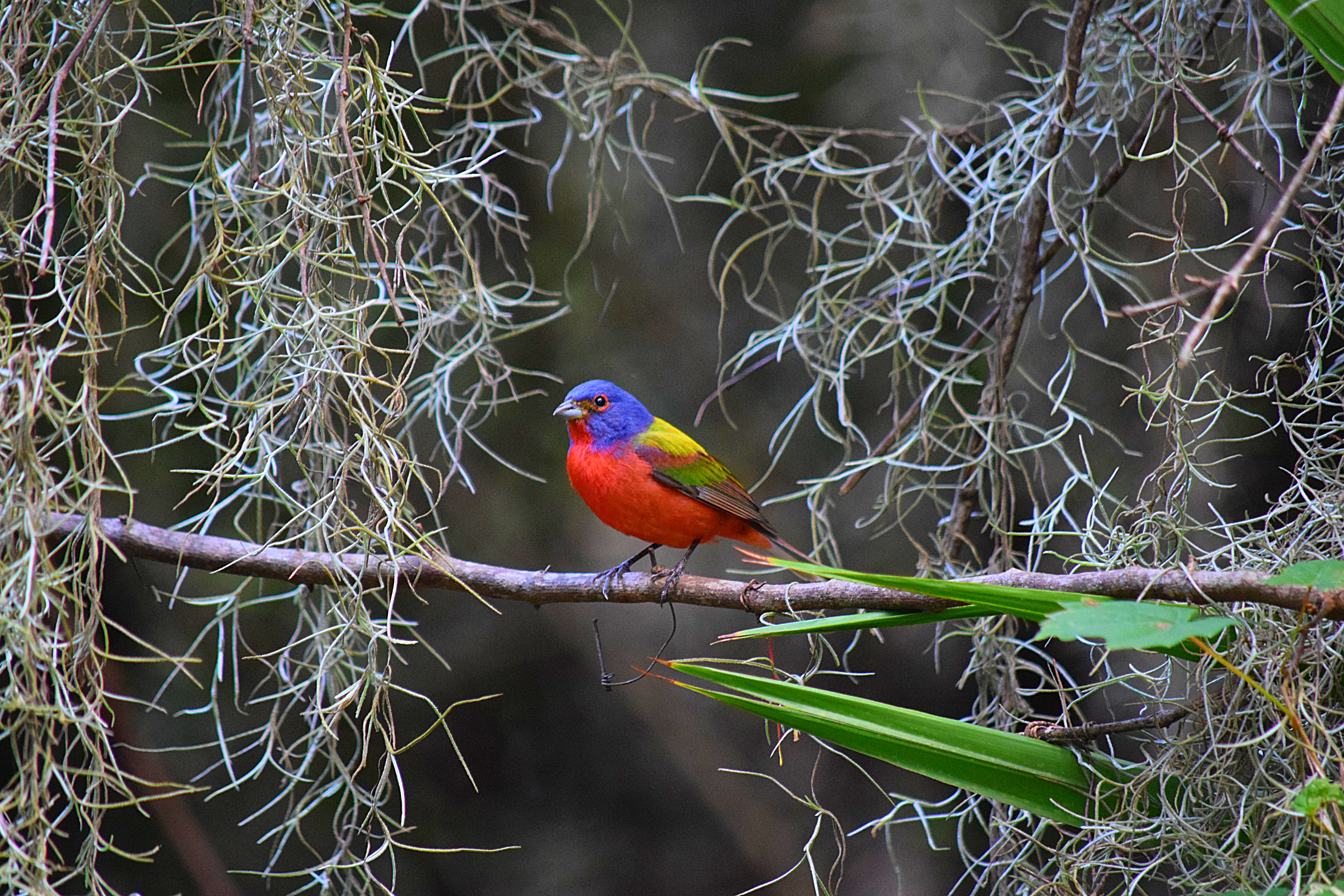Acres & Acres of Muhly Grass Project
Rescue and restore Jekyll Island's Muhly grass meadows and wildlife habitats.
Hollybourne Cottage
Phase 1: Fabrication and installation of the exhibit design.
Keeping Jekyll Island a Haven for Birds
Advancing Bird Conservation Efforts on Jekyll Island
Georgia Sea Turtle Center
Georgia's first sea turtle rehabilitation, research, and education facility
Conservation
Preserve and enhance Jekyll Island’s natural bounty
Historic Preservation
Preserve Jekyll Island’s important cultural assets

Contact Us
Jekyll Island Foundation
P.O. Box 13002, Jekyll Island, GA 31527
Phone: (912) 635-4100
Looking to contact the Jekyll Island Authority? Please click here.
